Visiting Edinburgh for the first time, it didn’t take long to understand the rave reviews from my fellow travelers. This beautiful European city has it all – a myriad of fascinating sights, fun attractions, pure Scottish pleasures, and so much history!
Edinburgh’s compact medieval Old Town & elegant Georgian New Town contain most of the sights – and both are very walkable. Old Town highlights include Edinburgh’s impressive Castle, the historic Royal Mile, and its beautiful Royal Palace.
Edinburgh buzzes with energy, with colorful Scottish pubs, good restaurants, and an active arts & culture scene. Friendly Scots are deservedly proud of their rich history & culture. That just might include some local whiskey tastings or being serenaded by a kilted bagpiper!
Edinburgh’s varied architecture is stunning, with tall-spired medieval churches, grand old hotels, and Georgian-style mansions. The city offers world-class museums, grassy squares, and peaceful parks. Carefully curated attractions, like Gladstone’s Land, give visitors fascinating insights into the lives of real people who lived in the town between the 16th and 19th centuries.
My Visit to Edinburgh / Purpose of the Blog Post
So, what brought me to Edinburgh? I must thank my friend Pat (a fellow San Diegan) who decided she wanted to “live like a local” for 6 months in Edinburgh. So, Pat rented an apartment in the city – and invited friends to come visit.
How could I pass up an offer like that – free lodging and a local guide? So, I planned my visit for mid-September. I spent 4 nights at Pat’s lovely apartment in a nice neighborhood just 2 miles walk from Old Town. On day 3, my good friends Carol & Eddie joined us. After saying goodbye to Pat & Edinburgh, we three spent 2 more glorious weeks touring around Scotland.
- Eddie, Carol & Janet – on a hike to Arthur’s Seat peak
- Pat along the Union Canal / Click all photos to enlarge
We were blessed with unusually good weather for Edinburgh – minimal rain and often clear blue skies. We even had a heat wave the first few days, to the utter delight of the locals who complained about their cold & rainy summer.
During my 3 full days of touring Edinburgh, I used my always-trusted Rick Steves guidebook – the excellent “Best of Scotland.” I walked & explored Old Town & New Town, visiting all the best sights. I only missed a couple, but they’re on the list for the next trip!
In this blog post, I will share the excellent Edinburgh sights & attractions I enjoyed – all being ones I highly recommend for your visit to Scotland’s lovely capital city.
We’ll start “our tour” in Old Town, before heading over to New Town. There will even be an evening out on a fun Literary Pub Tour. So come along and let’s explore wondrous Edinburgh together…
Visit Edinburgh’s Historic Castle
The town’s most popular sight is the Edinburgh Castle – and for good reason! Sitting on a high bluff at the top of the Royal Mile, it offers expansive views over the city. In its 900-year history. the Castle has served many functions – including a hilltop fort, a royal residence for the Scottish monarchs, and more recently a military garrison.
- Click on all photos to enlarge
- Portcullis Gate & Argyle Tower
Today, the Castle is primarily a museum complex with various buildings linked together by a cobbled road. Each offers varied insights into Edinburgh’s fascinating history. The tiny Romanesque chapel of St. Margaret’s dates from around 1120. There is a good military museum & the magnificent Scottish National War Memorial.
- Backside of the Scottish National War Memorial
- Crown Square & Royal Castle complex
Crown Square, the center of the Royal Castle complex, lies at the top. One room proudly contains Scotland’s Crown Jewels, comprising a jewel-studded crown, a scepter and a sword. In the Royal Apartments, you can see the room where Mary, Queen of Scots gave birth in 1566 to James VI of Scotland. Plus, the Royal Palace’s medieval Great Hall (completed in 1511) is topped with a superb wooden ceiling (photo, below right).
My Experience: I loved exploring (over 2.5 hours) the Castle’s many facets, using my Rick Steves guidebook for a self-guided tour. Plus, the Castle has a good (and efficient!) cafeteria – the Redcoat Café. It was a great way to enjoy a tasty lunch while resting my weary legs.
Pro Tip: Buy your Edinburgh Castle ticket ahead & online with a timed entry (giving you a half-hour entry window). Be sure to bring your confirmation email with the QR code on your phone.
Edinburgh Castle Website – click here
Stroll The Royal Mile
Edinburgh’s famous street – the Royal Mile – connects the Castle at the top and the Holyrood Royal Palace at the bottom. Running through the heart of Old Town (west to east), this bustling street is a straight downhill shot totaling just over one mile.
The Royal Mile dates back to the 12th century when Edinburgh was a small town surrounding the castle. Edinburgh’s historic street weaves together a tapestry of centuries past, including tall medieval buildings, cobbled streets and narrow lanes. Rick Steves correctly states: “The Royal Mile is one of Europe’s most interesting historic walks.”
Today, the mostly traffic-free Royal Mile is lined with modern shops, colorful pubs, other eateries, historic churches, and various attractions – not to mention LOTS of tourists and locals alike! And you’re likely to pass a few kilted Scottish musicians with their bagpipes, playing for tips.
Pro Tip: Yes, many parts of the Royal Mile are touristy & filled with typical souvenir shops. But it’s still a delight to explore, as it’s the center of Edinburgh action day & night. I would suggest starting at the Castle for an easier downhill walk to the Palace.
Tour Holyrood Royal Palace
Let me start by saying that I loved Holyrood Palace! Since the 16th century, this palace has served as the British monarchy’s official residence in Scotland. Happily, unless the royals are visiting (which is not often!), the palace welcomes us commoners to pay a visit.
In centuries past, the palace grew, in large part because Scotland’s royalty preferred living here over the blustery castle on the hill! And Holyrood was the true home, birthplace and coronation spots of Scotland’s Stuart kings in their heyday (James IV; Mary, Queen of Scots; and Charles I).
The fascinating self-guided tour takes you first into a grassy inner courtyard of the palace, then up a beautiful wooden staircase to the royal apartments with their elegantly furnished Victorian rooms. You’ll see beautiful drawing rooms, royal bed chambers, dining rooms, and the Great Gallery.
A particularly interesting, but darker moment in history, comes to life by seeing the private bed chambers of Mary, Queen of Scots (1542 – 1587). This includes the nearby room where her Italian personal secretary, David Rizzio, was murdered in 1566 by agents of her jealous husband, Lord Darnley. Palace intrigue, indeed!
Pro Tip: The palace rooms are well-signed. And the excellent audio-guide includes a video screen with visuals to bring the palace to life. Did I mention that I loved this tour?!
Once you’ve finished touring the Palace (which took me an hour), the exit takes you outside where you can stroll through picturesque ruins of the adjoining Abbey (photo below). It was destroyed by the English in the 16th century. There are also some palace gardens to wander, if you have the time.
My Experience: As mentioned, I loved Holyrood Palace – with its fascinating mix of past history & present-day royal life. It was a nice bookend to a tour of Edinburgh Castle.
Holyrood Palace Website – click here
If you want to know more about Mary, Queen of Scot’s fascinating but short & tragic life – click here
- View of an interior wall of the Abbey Ruin
- Holyrood Palace logo – stag with a holy cross (“rood) on its forehead
Ponder the Scottish Parliament Building
Walking down the Royal Mile, and just before you reach Holyrood Palace, you’ll pass the Scottish Parliament on your right. You can’t miss the strikingly modern building with its wild angles, oak and native stone.
After three centuries of London rule, in 1999 Scotland regained self-rule in many areas. The exceptions are in matters of defense, foreign policy, immigration and taxation. And in 2004, the Scottish Parliament moved into this beautiful new home.
I didn’t have the chance to visit but the public is welcome in certain parts of the building. That includes a viewing gallery overlooking the Debating Chambers when parliament is in session. Apparently, the debates can be quite interesting!
Back outside, just beyond the Parliament building (to the south), you can’t miss views of Arthur’s Seat, an 822-foot mountain (an extinct volcano) rising majestically. It can be hiked / climbed but that’s a whole other story!
St. Giles Cathedral – Pay Homage to the Mother Church
Another Royal Mile landmark is St. Giles Cathedral, Scotland’s most important church. This flagship of the Church of Scotland – Scotland’s largest denomination – is considered the mother church of Presbyterianism. Since I grew up Presbyterian, this was special for me! Plus, St. Giles’ ornate crown spire (from 1495) is a beloved part of Edinburgh’s skyline.
During the Scottish Reformation (in the mid-1500s), Scotland broke away from the Catholic Church and established the Protestant Church of Scotland. The reformer John Knox first preached here in 1559. His fiery sermons helped turn once-Catholic Edinburgh into a bastion of Protestantism. St. Giles served as Knox’s parish church until his death in 1572.
Thus, St. Giles was transformed from a Catholic cathedral into a Presbyterian church. It’s a beautiful church, well worth a quick visit. Today’s façade is 19th century Neo-Gothic, but most of what you’ll see inside is from earlier centuries. No surprise – there is a statue of John Knox.
St. Giles Cathedral Website – click here
Gladstone’s Land – Take A Step Back in Time
Gladstone’s Land is one of the oldest buildings on the Royal Mile. Back in the 1600s, tens of thousands of people were squeezed into the narrow confines of the Old Town. To house them, “lands” or “tenements” (multiple-unit residences) were built, some rising 10 stories or more!
- Gladstone’s Land building in middle above arcade
- View of the back of tall tenement buildings on Royal Mile
Gladstone’s Land was acquired in 1617 by Thomas Gladstone, a wealthy merchant. He made improvements (including beautiful hand-painted wood ceilings) with the intention of renting out the apartments to affluent tenants. The design was standard for the time – with a shop or shops on the ground floor with an arcade, and residences on the floors above.
Rescued from demolition in 1934 by the National Trust for Scotland, Gladstone’s Land is an original 6-story tenement building. It’s become a fascinating 3-floor museum where visitors can learn about the residents who actually lived here (spanning a 3-century period). They include:
- 3rd Floor – Mary Wilson opened a boarding house here in 1911, advertising for “two or three respectable men” to share one of the large front rooms. (photos above)
- 2nd Floor – In 1776, in this draper’s shop (belonging to William Dawson & Elizabeth Pillans) wealthy members of Edinburgh society would have bought fashionable fabric, ribbons and accessories. (photos below)
- 1st Floor – In 1632, wealthy merchants, John Riddoch and Margaret Noble, lived and worked here. They ran a shop on the ground floor and a tavern in the basement. This is their apartment with a large hall (for living, sleeping and socializing), a kitchen and a stockroom.
- Credit: The Gladstone’s Land / The Draper’s Shop
Pro Tip: Buy your ticket in Gladstone Land’s street-level ice cream & coffee shop. The visit is self-guided but there were helpful docents on each floor – who shared interesting stories of the lives of these middle-and upper-class residents. I wish I had been able to spend more time.
Gladstone’s Land Website – click here
The Hidden World of “The Real Mary King’s Close Tour”
This not-to-be missed, award-winning tour will give you a very different view of Edinburgh Old Town life in the 16th & 17th centuries. Mary King’s Close is an historic “close” (alleyway) located under the Edinburgh City Chambers building (formerly the Royal Exchange) on the Royal Mile.
The “Close” took its name from Mary King, a widowed merchant who moved here with her four children in 1629. She died in 1644, as the last great outbreak of the plague began in Edinburgh – when it was estimated that up to half of the population died!
In 1753, construction of the Royal Exchange began, and many streets and houses were covered over. For hundreds of years, these “below ground” streets laid practically untouched, preserving them. That is, until 2003, when the “The Real Mary King’s Close Tour” opened as a historical attraction.
- Credit: The Real Mary King’s Close Tour / Photo on the left is the arcaded plaza of Edinburgh’s City Chambers (formerly the Royal Exchange)
On this fascinating one-hour tour, we wandered a labyrinth of hidden streets. Our guide, through evocative story-telling & clever videos, shared stories of the people who lived, worked and died here. These are true stories, drawn from accurate historical research. There were approximately 14 people in my group & no photos were allowed on the tour.
I really enjoyed the tour, which offered a most unique view into the city’s turbulent and dark past. Being a nurse, I found stories about the plague quite interesting, including the 2nd plague doctor, Dr. George Rae who treated the townsfolk. Unlike his unfortunate predecessor, he survived the horrific plague.
Pro Tip: These are popular tours, so book ahead (online) to be safe. And be sure to smile for the camera at tour’s end in one of the close‘s dark alleyways. For just 15 £ (around $20), you can buy your photo, which comes with a cool commemorative booklet. Yep, I bought it – see photo (above) as evidence!
The Real Mary King’s Close Tour Website – click here
Enjoy a Walking Tour of Edinburgh’s New Town
Wow, what a stark contrast – going from the dark, dank, confined living spaces of Mary King’s Close to the spacious, green “relative” modernity of Edinburgh’s New Town – our next stop. First, some history…
By the 1700s, Edinburgh’s densely populated (and incredibly unsanitary!) Old Town was filled with poverty and disease. This led to construction of a New Town – which began in 1767 & continued to around 1850. Edinburgh’s upper class quickly moved to this beautiful new planned community.
Located a short distance north of Old Town and across a big lake, the New Town offered broad boulevards, grand squares, and magnificent buildings in the Georgian (Neo-Classical) style. Eventually, back in Old Town, more of the high-rise tenements were torn down and replaced with newer Victorian buildings.
The lake, which formed a valley between the two towns, was drained around 1800 as part of the expansion. That area is now the lovely Princes Street Gardens Park (photos above) enjoyed by locals and visitors alike, as a peaceful respite from busy city life!
Just like Edinburgh’s Old Town, today’s New Town is a delight to explore. One of my days, I followed Rick Steves’ “New Town Walking Tour.” New Town contains boutique hotels, upscale shops, cute pubs and cafes, and beautiful architecture including Georgian mansions.
The Balmoral – Grand Old Hotel
Adjacent to the bustling Waverly Train Station, you can’t miss the grand old hotel with its 190-foot-tall clock tower. Opened in 1902, The Balmoral (photo below) was one of the great railway hotels founded in the golden era of steam. Even if your budget doesn’t permit a luxury stay here, you’re welcome to go inside the hotel and take a look around – and possibly even enjoy afternoon tea at Balmoral’s Palm Court. (Yes, this is on my list for next time!)
The Balmoral Website – click here
The Scott Monument – the “Gothic Rocket”

Nicknamed the “Gothic Rocket,” the monument houses a marble statue of Scott and his favorite dog Maida. Sir Walter Scott (1771-1832) was born in Edinburgh and his well-known novels include “Ivanhoe”, “Rob Roy” and “Waverly.”
Rick Steves says it well: “Scott almost singlehandedly created the image of the Scotland we know. Just as the country was in danger of being assimilated into England, Scott celebrated traditional songs, legends, myths, architecture and kilts – thereby reviving the Highland culture and cementing a national identity.”
Apparently, you can climb to the top of the Monument for views via a tight, stony, spiral staircase of 220 steps. Not for me! I was content to just take a photo and silently thank Sir Walter for his key role in keeping Scotland so charmingly Scottish!
Experience “Upstairs/Downstairs” at the Georgian House
Next stop was the Georgian House for a fascinating & intimate peek at upper-crust life in the late 18th and early 19th century. This Neoclassical townhouse is located adjacent to Charlotte Square, Edinburgh’s finest Georgian square. Its first owner was John Lamont, who bought it in 1796.
- Entrance to The Georgian House
- Row of Georgian homes on same street as the museum
The Georgian House has been restored & furnished by the National Trust of Scotland. The house reflects the lives of those who lived and worked here when it was occupied by the Lamont family. This includes the many servants who supported the family’s opulent lifestyle.
The home contains fine collections of period furniture, porcelain, silver, and works by renowned Scottish artists. The tour is self-guided. However, there are info sheets in each room, along with helpful and knowledgeable volunteer “room guides.” They were great & loved to share interesting stories and insights.
- The Kitchen / Credit: The Georgian House
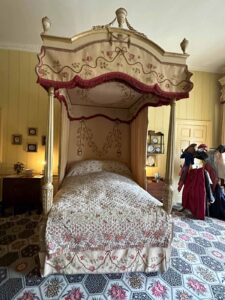
Pro Tip: Please allow plenty of time to enjoy this real gem of a “history-made-real” house museum. I spent 50 minutes here & could have used more. Sadly, I didn’t have time to watch the 16-minute film which dramatizes the “upstairs/downstairs” lifestyles of its residents, which sounds great.
The Georgian House Website – click here
Information About the Below Stairs/ Kitchen/Servants Quarters – click here
Visit Carlton Hill for Superb Views
A scenic addition to your Edinburgh exploration is a visit to Carlton Hill, a wooded bluff that rises from the eastern end of New Town. The main reason for going here is to enjoy beautiful views looking back down over all of Edinburgh and its surroundings.
It’s a relatively easy walk, just about 5 minutes beyond The Balmoral. From Waterloo Place (street), you’ll see a sign for Carlton Hill & steps that lead upward. Once at the top, you can leisurely explore the park, which became one of Britain’s first public parks in 1724.
- View of Carlton Hill & tall Nelson Monument
- Street entrance to Carlton Hill
There are a few sights in the park, primarily viewed from their exteriors. The tallest tower is the Nelson Monument & Museum, which celebrates Admiral Horatio Nelson. The tower is cleverly shaped like a 19th century admiral’s telescope.
And, no, you’ve not accidentally transported yourself to Athens, Greece. The building sitting atop the summit of the hill is, in fact, Edinburgh’s giant, unfinished replica of the Parthenon. It was designed to honor those lost in the Napoleonic Wars. Apparently, due to lack of funds, it was left unfinished in 1829. Any new donors, perhaps?

Other good views can be seen from around the smaller, circular Dugald Stewart Monument on the lower west side (photo, right).
Pro Tip: You might want to visit Carlton Hill towards the end of your time in Edinburgh. That way, you can recognize many of the sights you’ve seen during your touring – and applaud yourself for covering so much Edinburgh territory (like Carol & I did!).
Legends & Stories – Greyfriars Kirkyard & Greyfriars Bobby
Another popular visitor site is Greyfriars Kirk (church) & its famous Kirkyard, a 16th century cemetery. Greyfriars Kirkyard is said to be the place where J.K. Rowling found names on the tombs that served as an inspiration for some characters in her Harry Potter novels. By the way, JK (a Brit) has called Edinburgh home since 1993!
Greyfriars is famous for a second reason – a dog named Greyfriars Bobby whose story is an essential part of Edinburgh history. Bobby was either a Skye Terrier or Dandie Dinmont Terrier. When his owner John Gray died and was buried in Greyfriars Kirkyard, Bobby spent the next 14 years guarding his master’s grave until he himself died in 1872, at age 16.
- Greyfriars Bobby Pub / Church behind
- Greyfriars Church & Kirkyard – Bobby’s headstone in front
As legend tells it, Bobby never left the cemetery. When the weather was cold or rainy, he slept in a small house within the cemetery (Bobby’s Booty). And when it was sunny, he slept on the ground near Gray’s grave. Bobby was buried inside the kirkyard, not far from his owner’s grave.
Today (150 years later!), a rose-colored marble headstone sits in the Kirkyard as a tribute to Greyfriars Bobby. It simply says “Let his loyalty & devotion be a lesson to us all!” Visitors leave sticks & bones in front of the headstone for their beloved Bobby. Ah, what a sweet story!
The legend of Greyfriars Bobby has been immortalized in several books and films. There’s even a cute pub with his name right in front of the kirkyard entrance. So, perhaps, you can visit the pub, order a drink and toast Bobby’s loyalty yourself.
My friend Pat & I visited Greyfriars cemetery late one afternoon. We happened to speak with a man who popped his head out of a small building labeled “Bobby’s Booty.” He invited us in & shared that this was, in fact, the cemetery watchman’s hut where Bobby would sometimes sleep in bad weather.
Turns out, this friendly man was preparing soon to lead an evening graveyard tour. He surprised us by demonstrating how he can make his eyes turn blue with his flashlight! Ghoulish… (see photo proof above!)
Drink & Learn – the Edinburgh Literary Pub Tour
Looking for an interesting evening activity while visiting? Let me suggest the award-winning Edinburgh Literary Pub Tour. My friends & I did it one evening and it was great fun! This entertaining romp through Old Town combines historic pubs, an evening walk, and insights into Edinburgh’s proud literary history.
Our “literary tour” began at 7:30pm at the Beehive Inn on Grassmarket Square. In an upstairs meeting room, we met our delightful hosts, Paul & Emma. They are professional actors who took on the scripted roles of Clart & McBrain. For the next two hours, they delivered a dramatic & witty dialogue as they debated the great literature of Scotland and its many colorful characters found in tavern life.
- Photo above – Beehive Inn /Credit: EdinburghGuide.com / Left Photo – colorful Victoria Street near Grassmarket
As a little background, Edinburgh was home to Scotland’s 3 greatest literary figures:
- Robert Burns (1759-1796) – poet & lyricist
- Robert Louis Stevenson (1850-1894) – writer of “Treasure Island” and “The Strange Case of Dr. Jekyll and Mr. Hyde.”
- Sir Walter Scott (1771-1832) – writer of historical novels, like “Ivanhoe” and “Rob Roy.“
- The Beehive Inn / Credit: Wikimedia Commons
- Jolly Judge Pub / Tavern
Departing the Beehive Inn, we followed our hosts through a maze of Old Town streets to the next historic pub, Jolly Judge. There was a short break, for those who wished to go inside to purchase a drink. Then we all collected outside for the next “scene” of this theatrical performance.
The final act by Emma & Paul (photos above) was performed on the front steps of the University’s Divinity school building, overlooking New Town. After finishing around 9:30pm, Emma & Paul walked us back to the Royal Mile to the famed Deacon Brodie’s Tavern. There, some of the group joined our hosts for a final drink.
Confession: I will share that I have difficulty understanding many Scottish accents so I couldn’t follow all of the evening’s dialogue. Regardless, I really enjoyed myself & the delightful banter between Emma & Paul. They were delightful!
Pro Tip: Make sure to reserve your Literary Pub Tour in advance. The tour costs 20 £ (~$26), drinks extra. We made dinner reservations ahead at the Beehive Inn – which offered a good meal & the convenient location for meeting up with the tour. But the servers are busy so ask for your check early.
Edinburgh Literary Pub Tour Website – click here
Visit the W Hotel for a Drink With a View!
Edinburgh’s new luxury hotel – the W Edinburgh (by Marriott) – opened in November 2023 in the St. James Quarter in New Town. Atop the 12-story hotel is a distinctive bronze spiral shape (a “ribbon”) that dominates the city’s skyline (see photo below). Apparently, it’s caused quite some discontent among residents.
However, the hotel offers panoramic views of the city from its W Deck – a 360-degree rooftop bar. One level down, on the 11th floor, is the W Lounge with an outside balcony & more great views.
- Credit: W hotel website
- Credit: W hotel website
Carol & I stopped at the W on our way home from touring nearby Carlton Hill. We took the elevator up to the W Lounge to enjoy a quick look outside and take some photos.
Overall, this certainly seems like a great place for an upscale “drink with a view” whether day or night.
W Edinburgh Website – click here
Enjoy a Tasty Dinner at “Angels with Bagpipes”

Carol remembered having a good meal at this lovely restaurant seven years ago. So, we made reservations online a couple weeks ahead, to be safe. The restaurant is located right on the Royal Mile, across from St. Giles Cathedral. Their website states they’re a “modern Scottish Kitchen.”
Well, Angels with Bagpipes certainly delivered a special evening. We all four ordered the “sea trout” which was excellent, tasting a lot like salmon. Of course, Edinburgh is filled with many excellent restaurants so this will give you an idea of just one of them.
Angels With Bagpipes Website – click here
Two More Great Edinburgh Sights – A Excellent Museum & a Royal Yacht
Of course, there are other interesting things to see & do in Edinburgh. Here are two more sights that I recommend. Unfortunately, I didn’t have the time to visit them, but I will certainly do so on a return visit. (Note: Special Credit to Rick Steves for his descriptions below).
National Museum of Scotland

DON’T MISS: One of the items on display is the actual (now stuffed!) “Dolly the Sheep” (1996-2003). She was the first cloned mammal ever to be created from an adult cell – and it was done right here in Edinburgh!
The museum is housed in a modern building, located just across the street from Greyfriars Bobby pub – and only a couple blocks off the Royal Mile.
National Museum of Scotland Website – click here
Royal Yacht Britannia
This was the late Queen Elizabeth II’s former floating palace. A visit offers a fascinating look into the lifestyles of the “rich and royal.” Britannia was launched in 1953 & transported Britain’s royal family for more than 40 years on 900 voyages.
- Credit: Royal Yacht Britannia
The royal yacht was retired in 1997. It is now permanently moored in Edinburgh’s port of Leith (about 20 minutes from city center). The yacht includes the honeymoon suite where then-Prince Charles and Princess Diana began their wedded bliss. (And we know how that ended!).
Royal Yacht Britannia Website – click here
Final Remarks
I hope you’ve enjoyed our “grand romp” all over Edinburgh – and have possibly been inspired to put this wondrous Scottish city on your travel list.
Here’s a few other interesting facts if you want to feel even smarter:
- Edinburgh’s population is a little over 500,000 residents – making it Scotland’s 2nd largest city.
- Scotland’s largest city is Glasgow.
- Scotland is part of the U.K. (United Kingdom) – which includes England, Scotland, Wales and Northern Ireland.
- If you’re confused about the difference between the U.K, Britain, Great Britain and the British Isles (like I was!), click on this good map that explains the different boundaries.
- Being part of the U.K., Scotland’s currency is the pound sterling (£).
- At the time of my trip (September 2024), the pound was equal to around $1.30 USD.
- I also learned that I have been pronouncing Edinburgh incorrectly all these years – in fact, you say it like (ED’n–burah) and not like “Pittsburgh”!
For your visit to Edinburgh and/or all of Scotland, I highly recommend the Rick Steves “Best of Scotland” guidebook – click here for Amazon link
COMMENTS: Have you visited Edinburgh? What did you think? What were some highlights of your visit and/or recommendations?


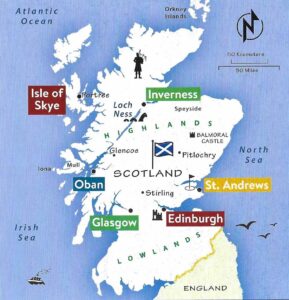
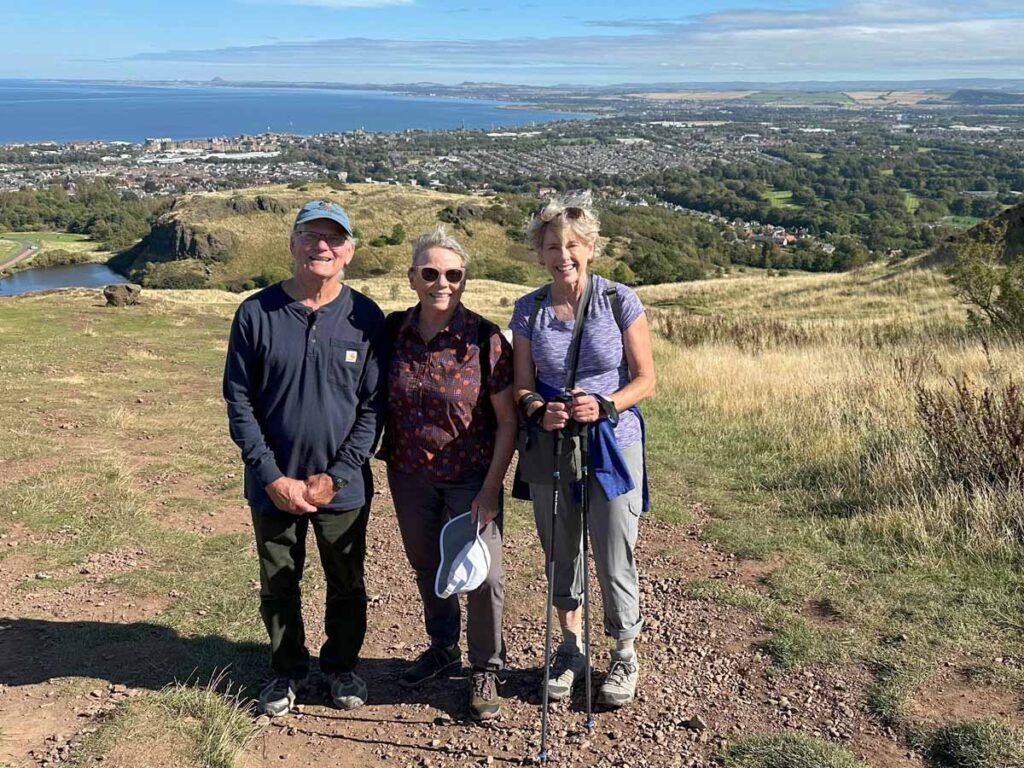


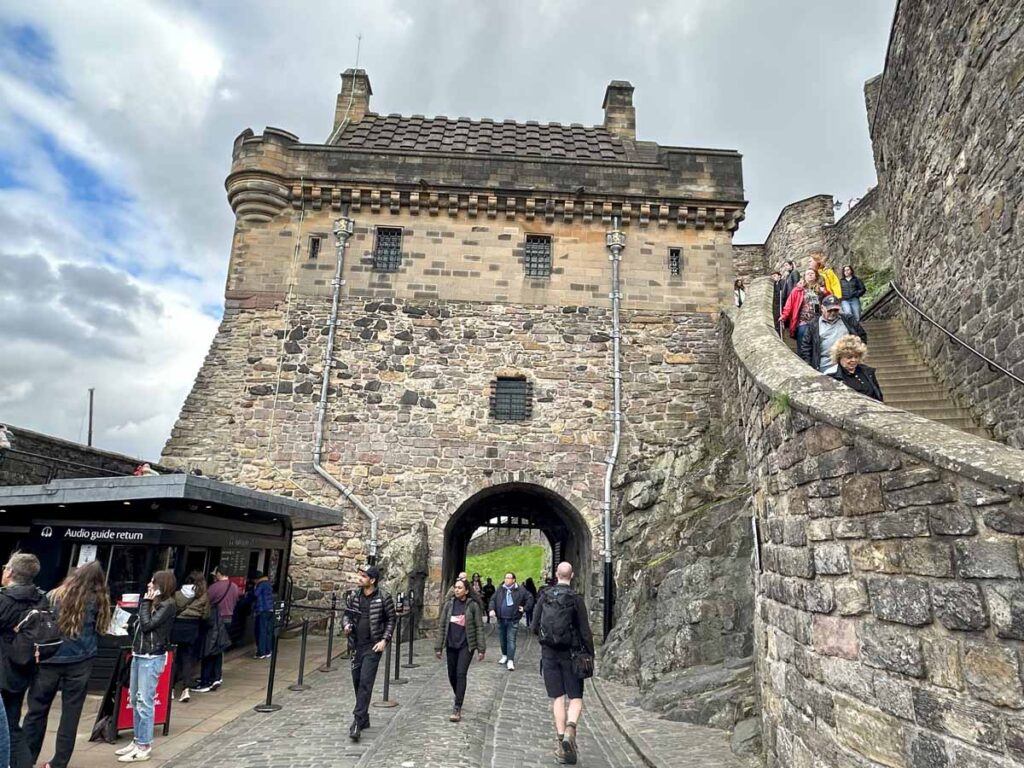
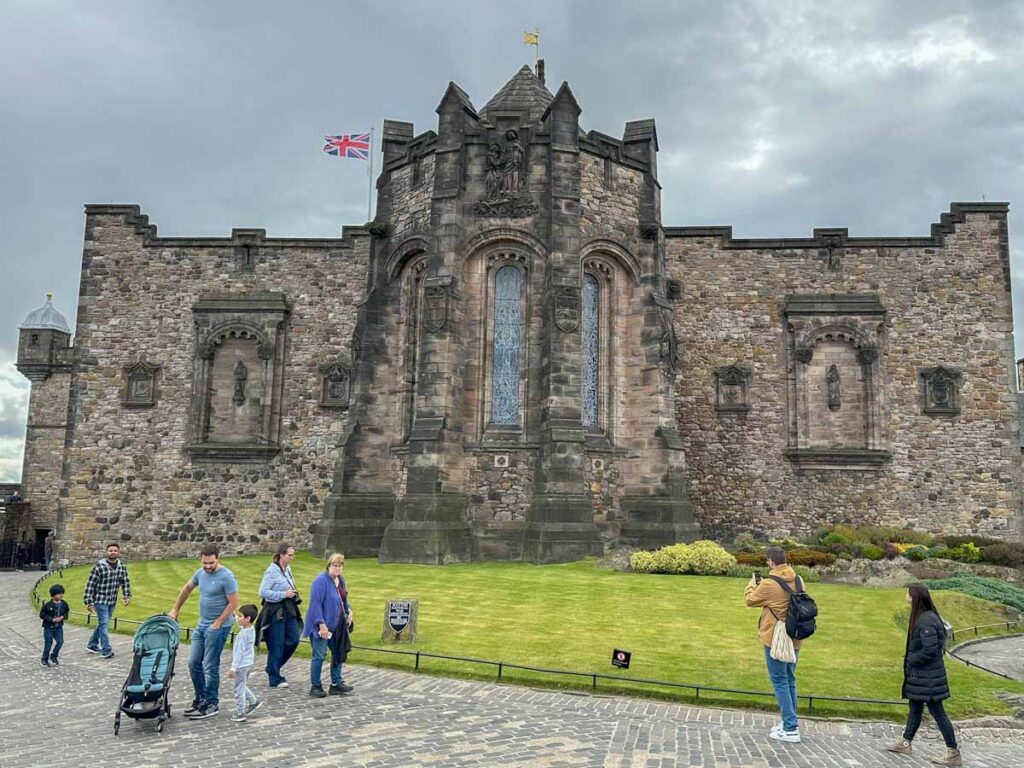


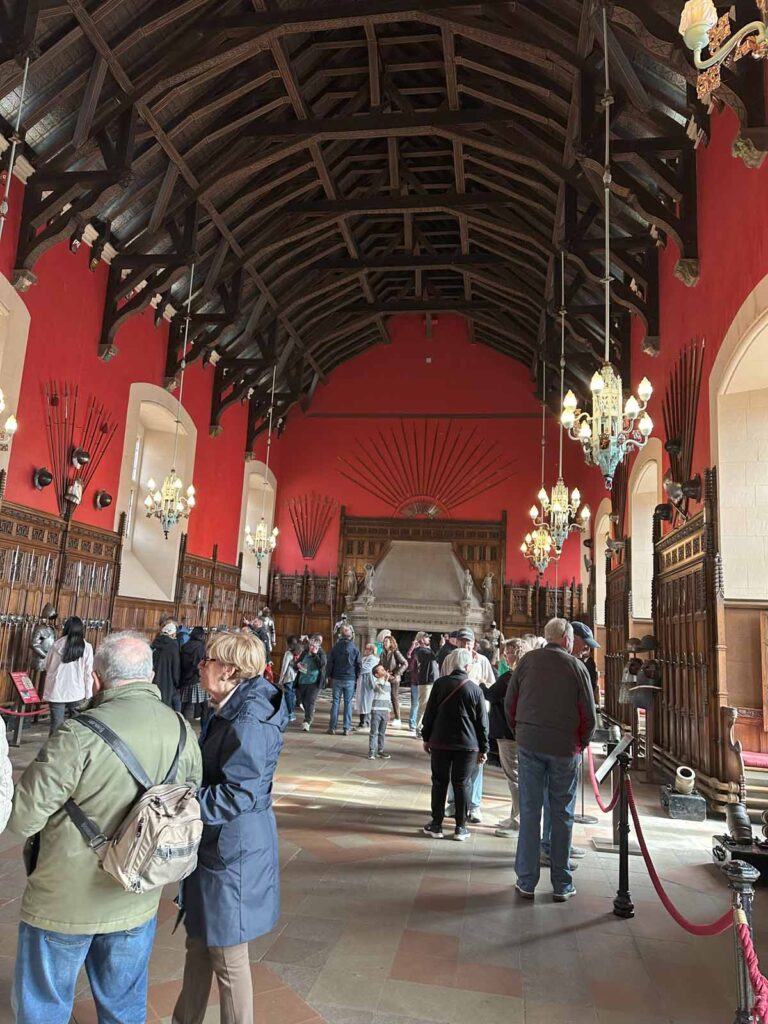


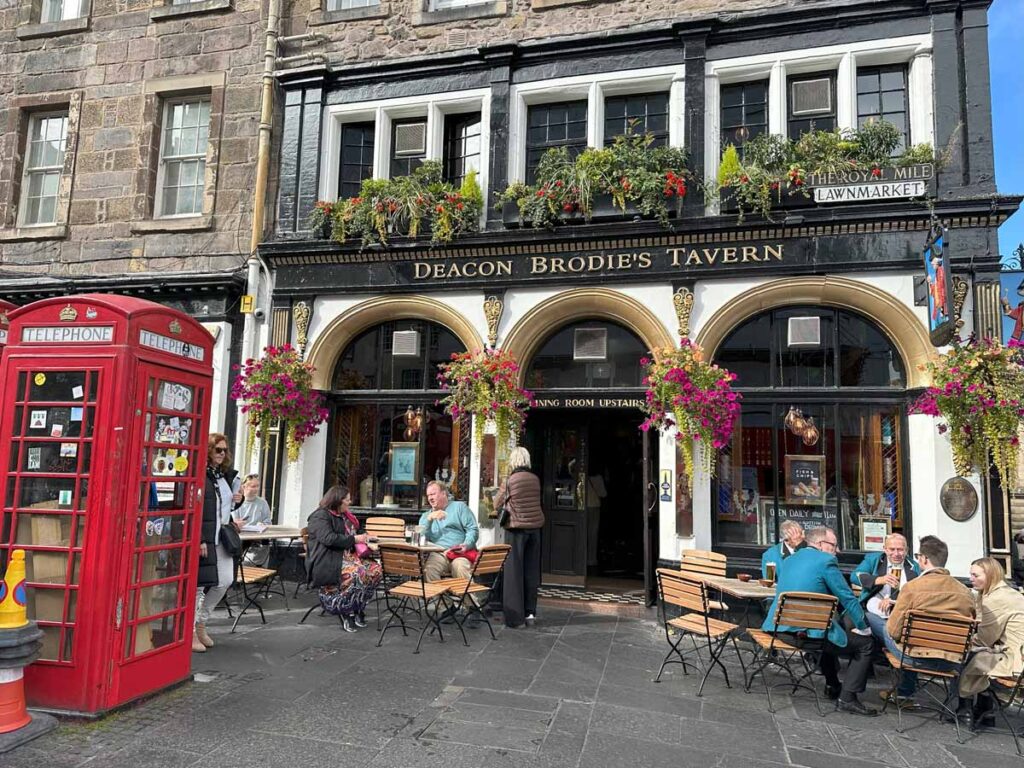


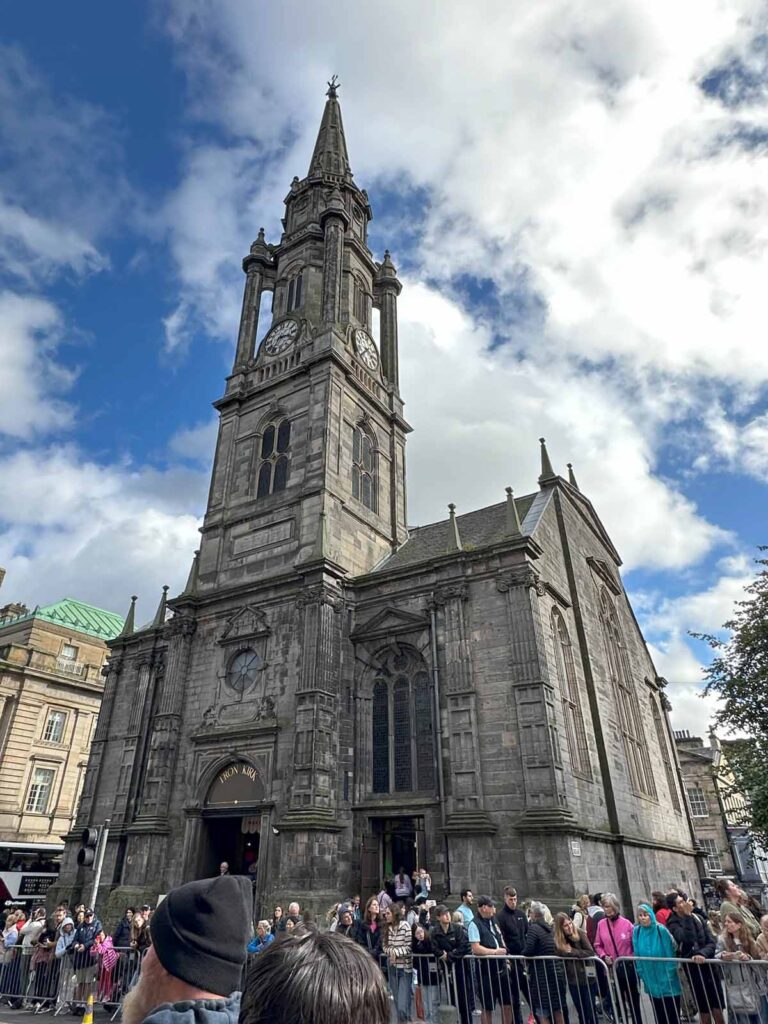
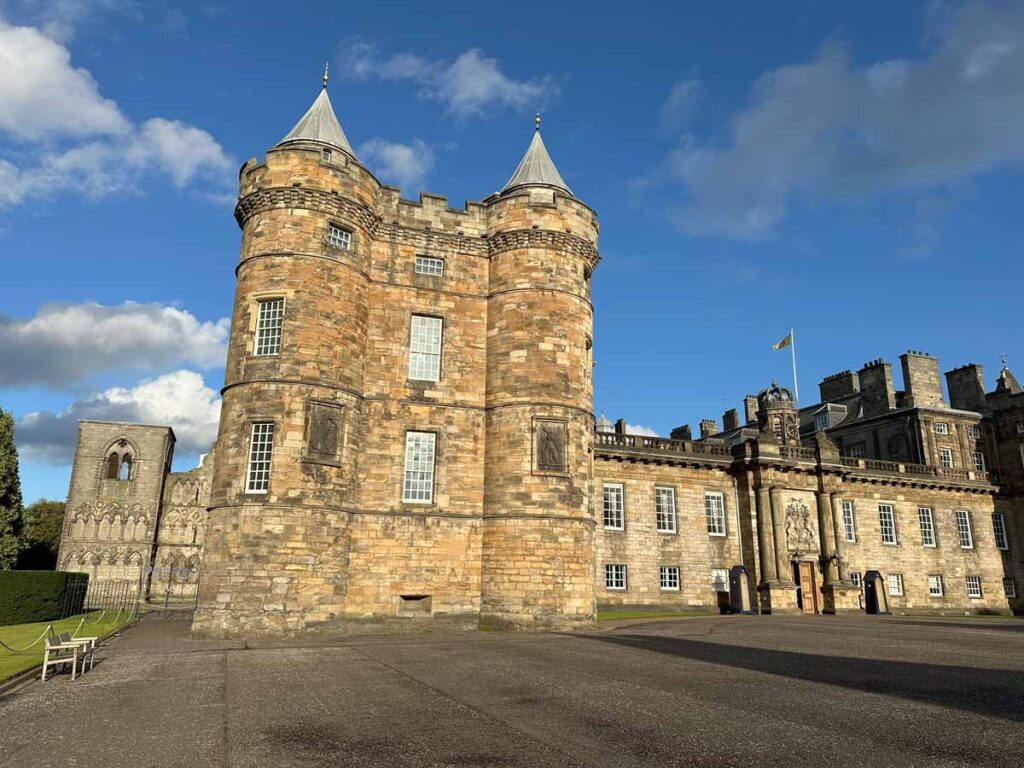
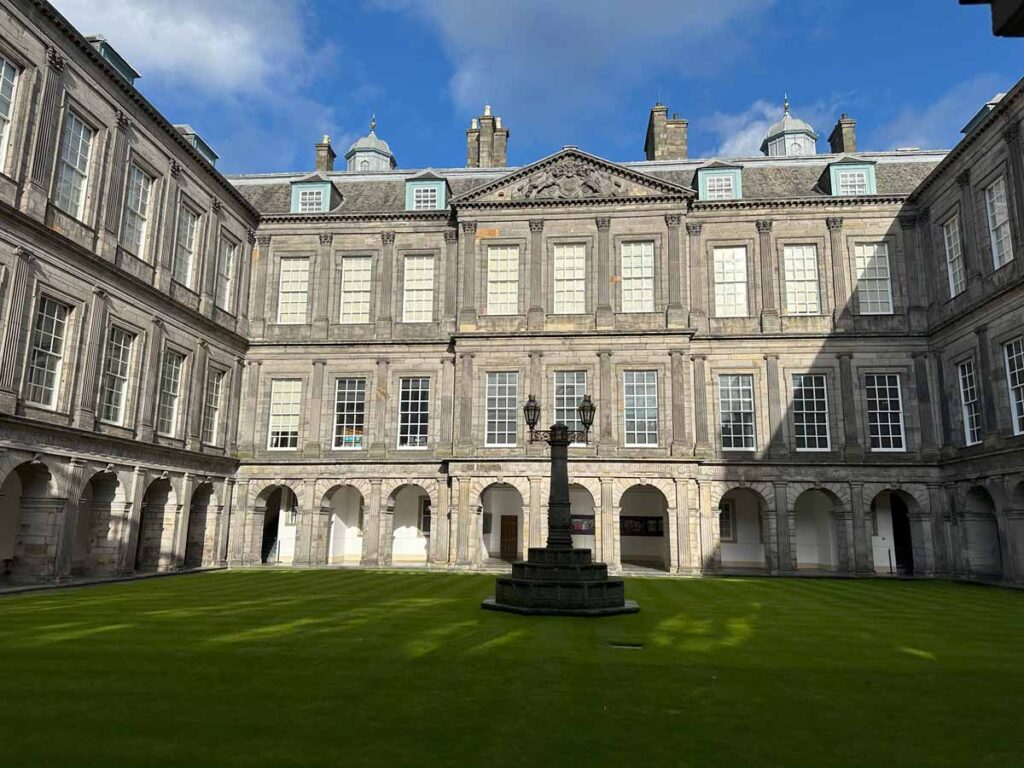
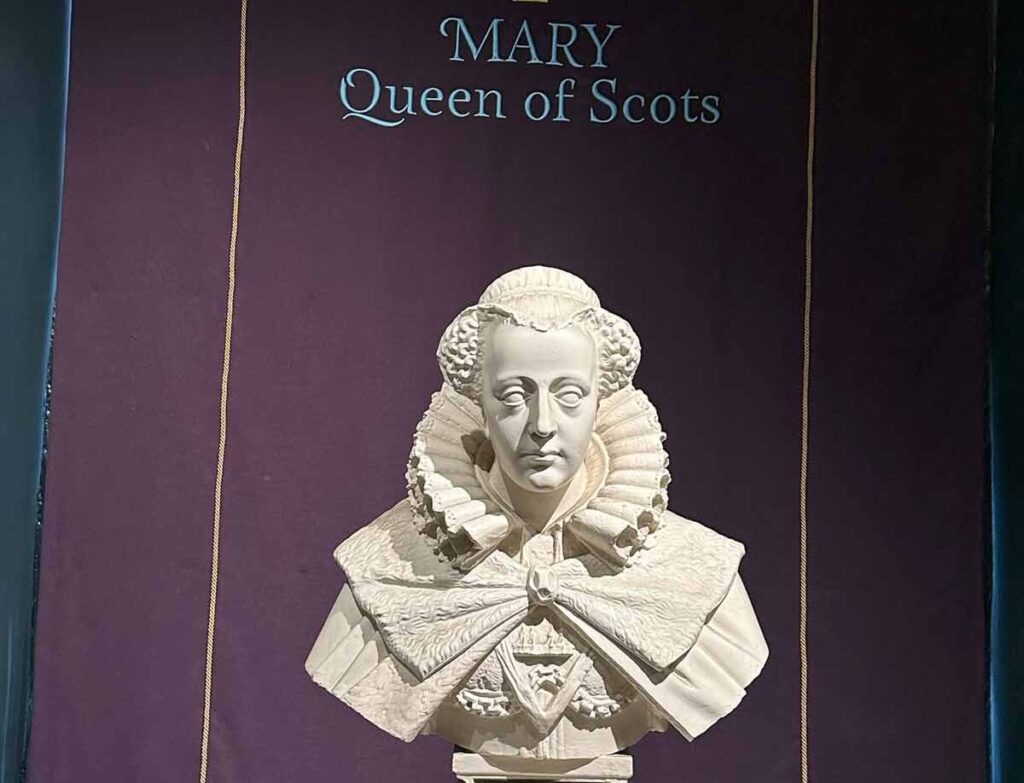

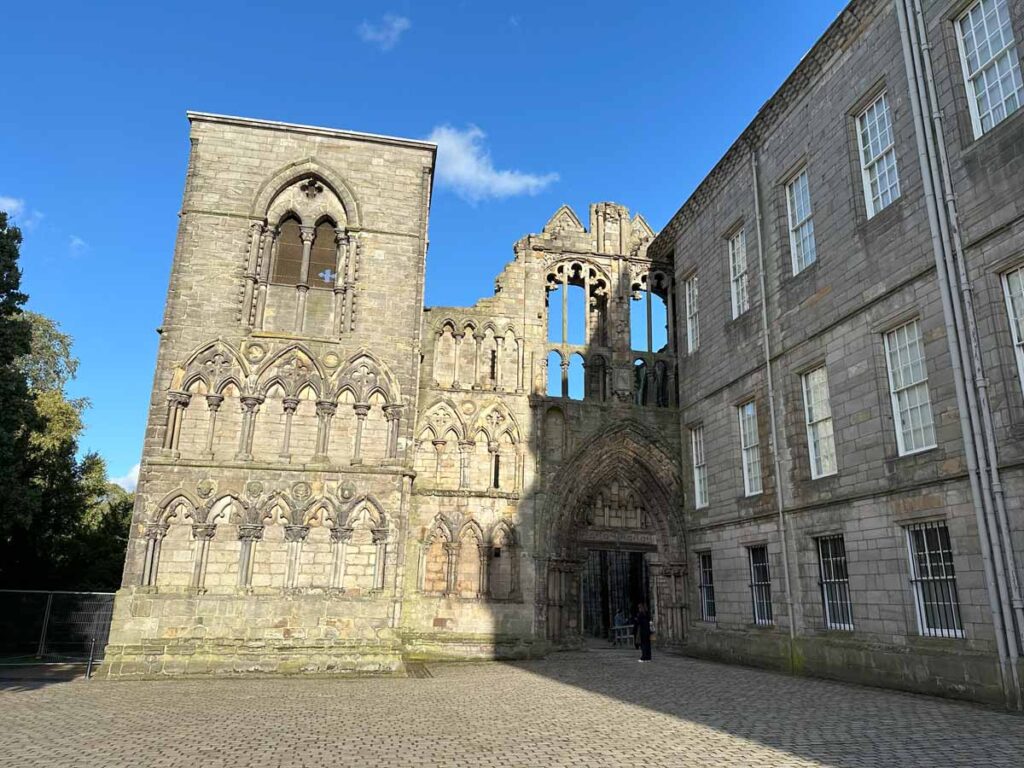

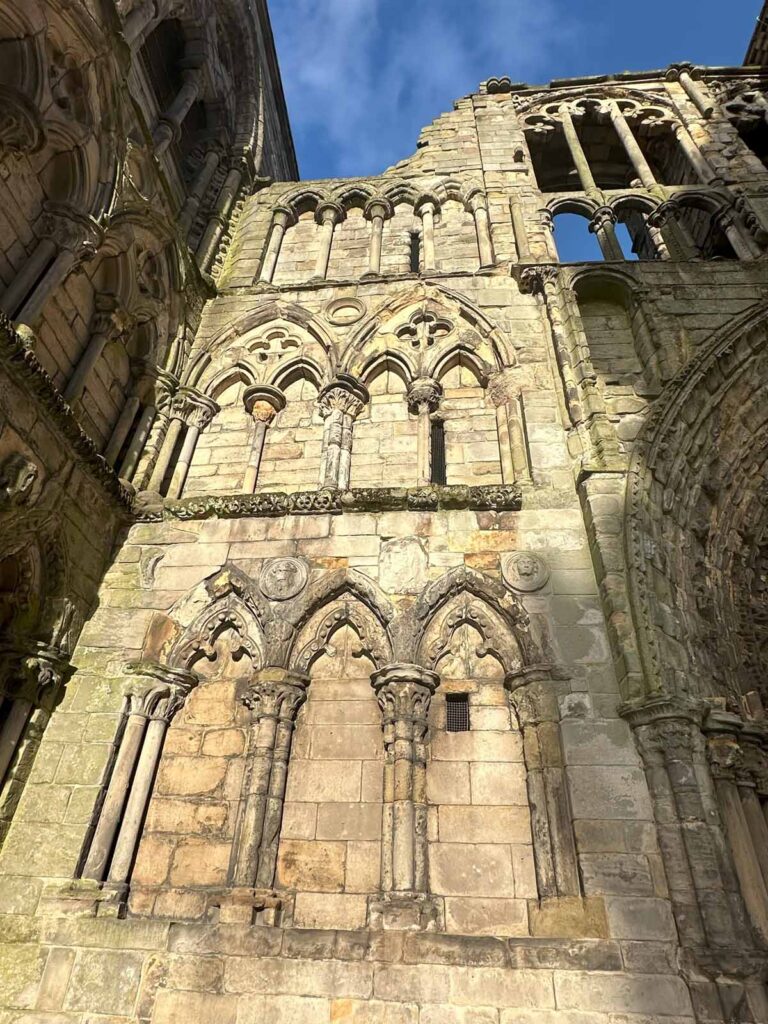
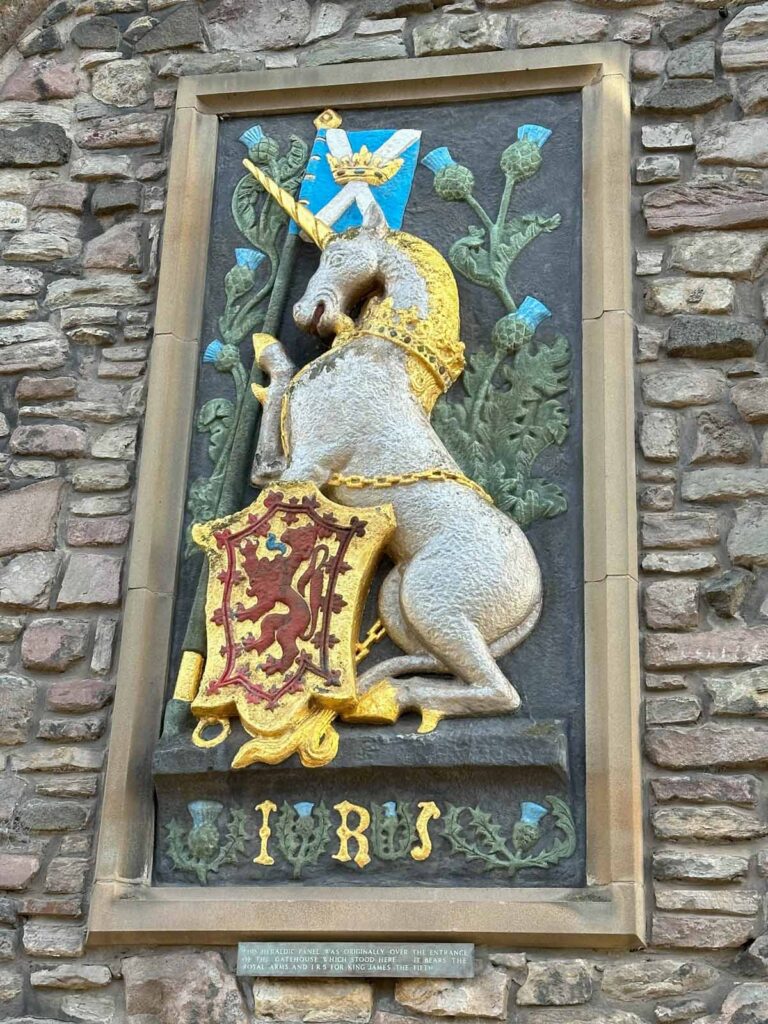

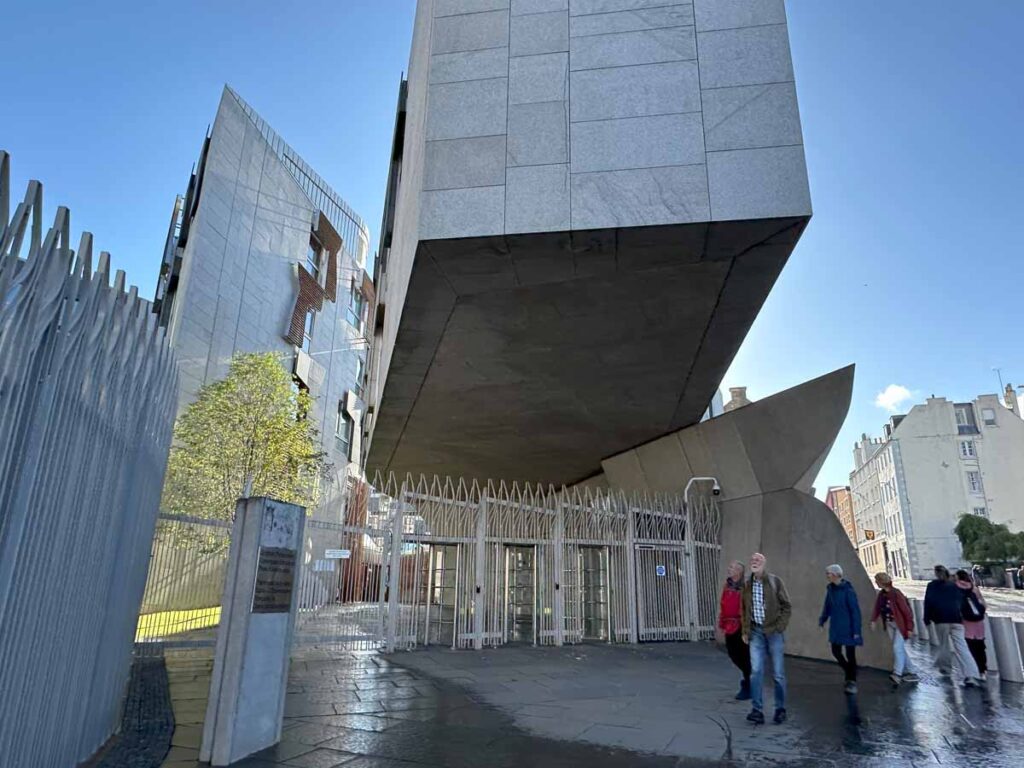
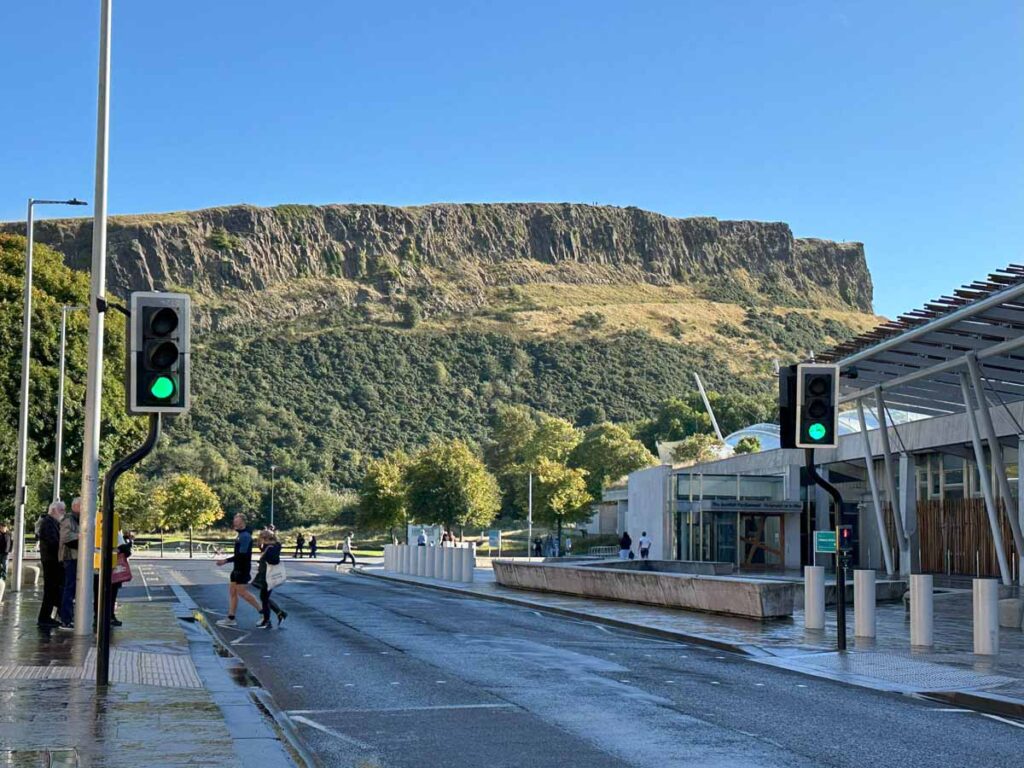

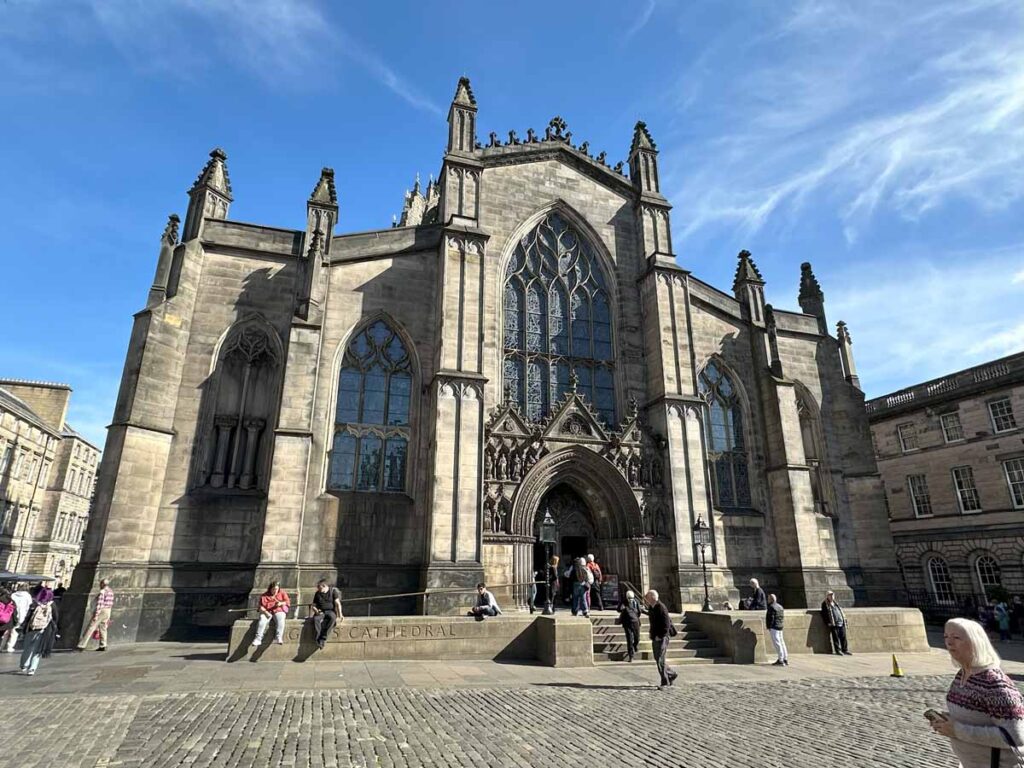

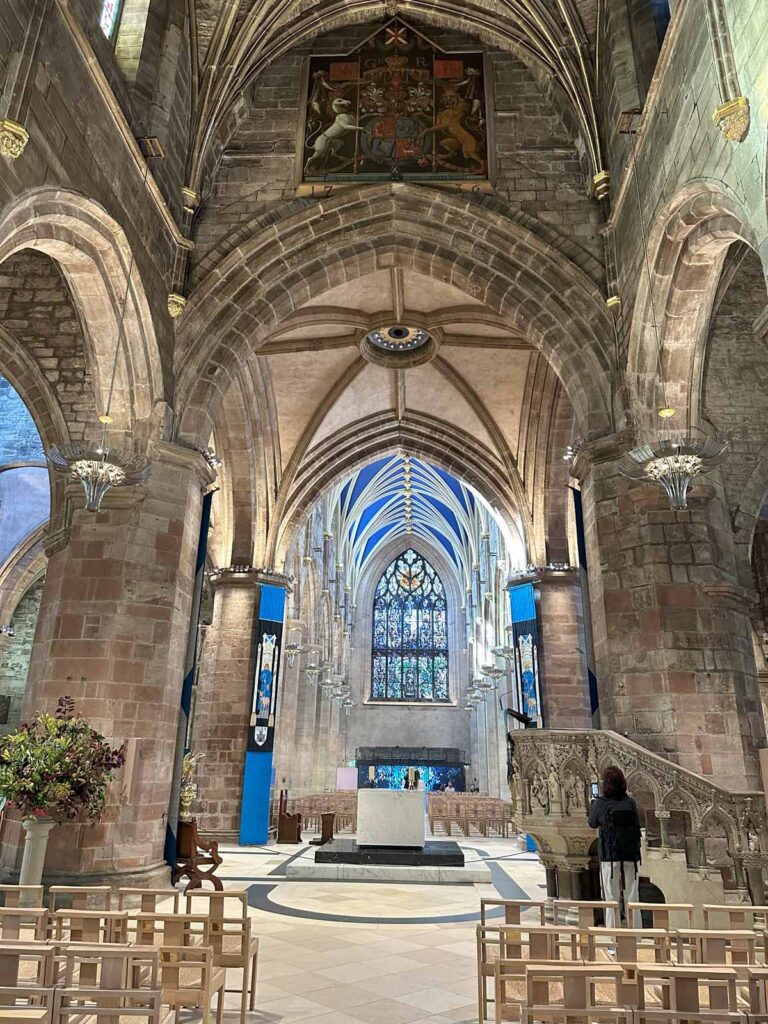


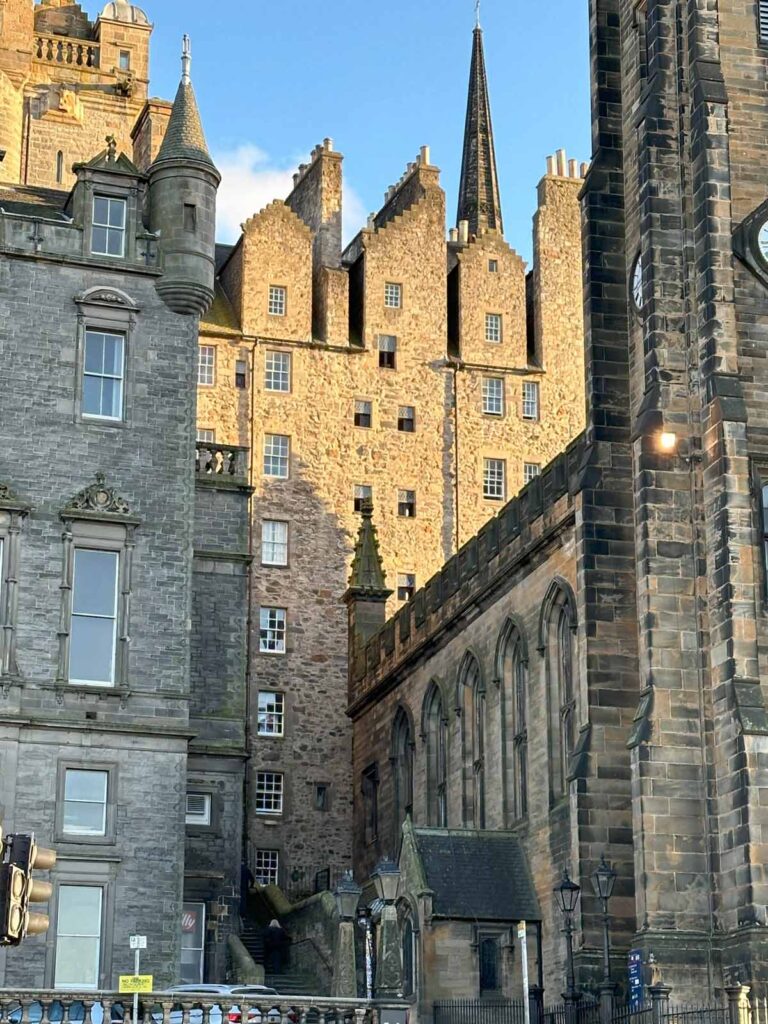



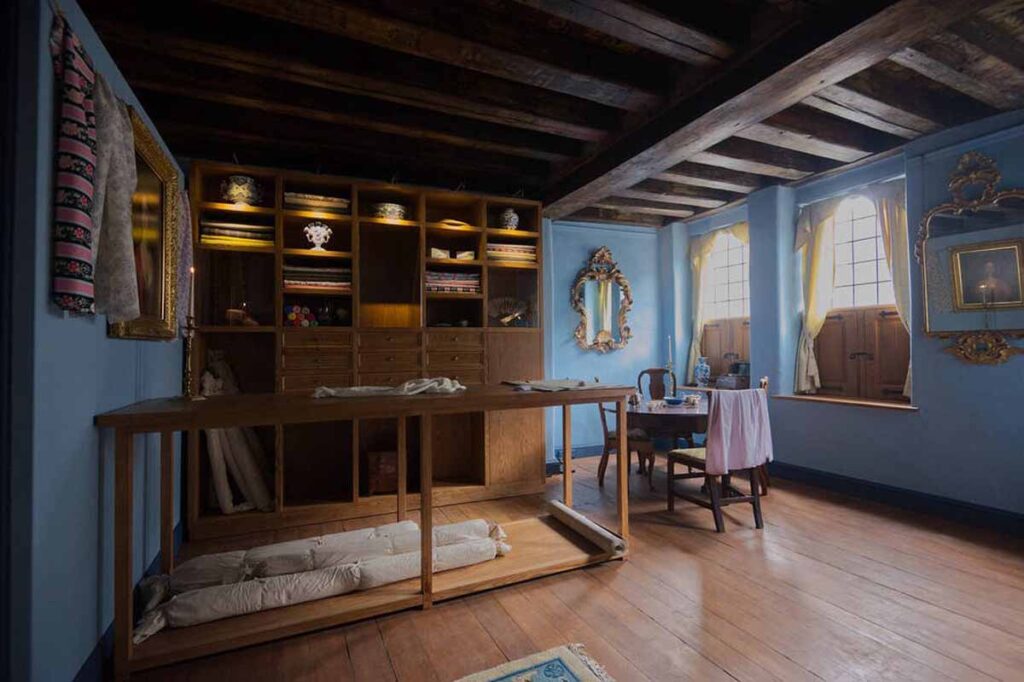





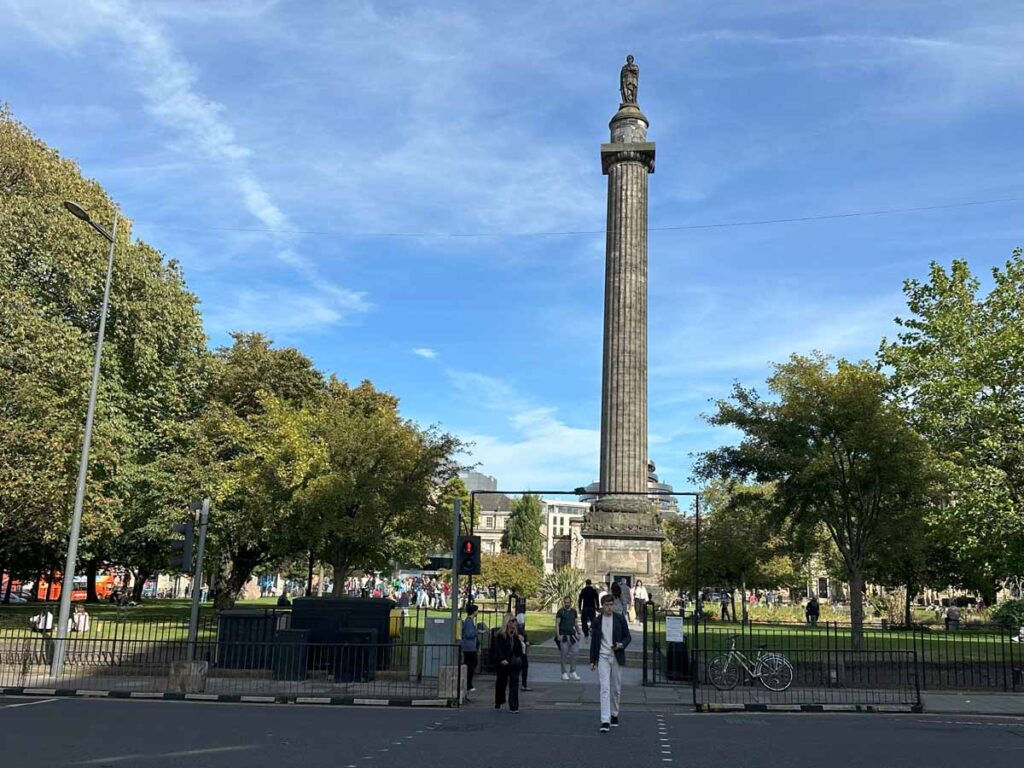



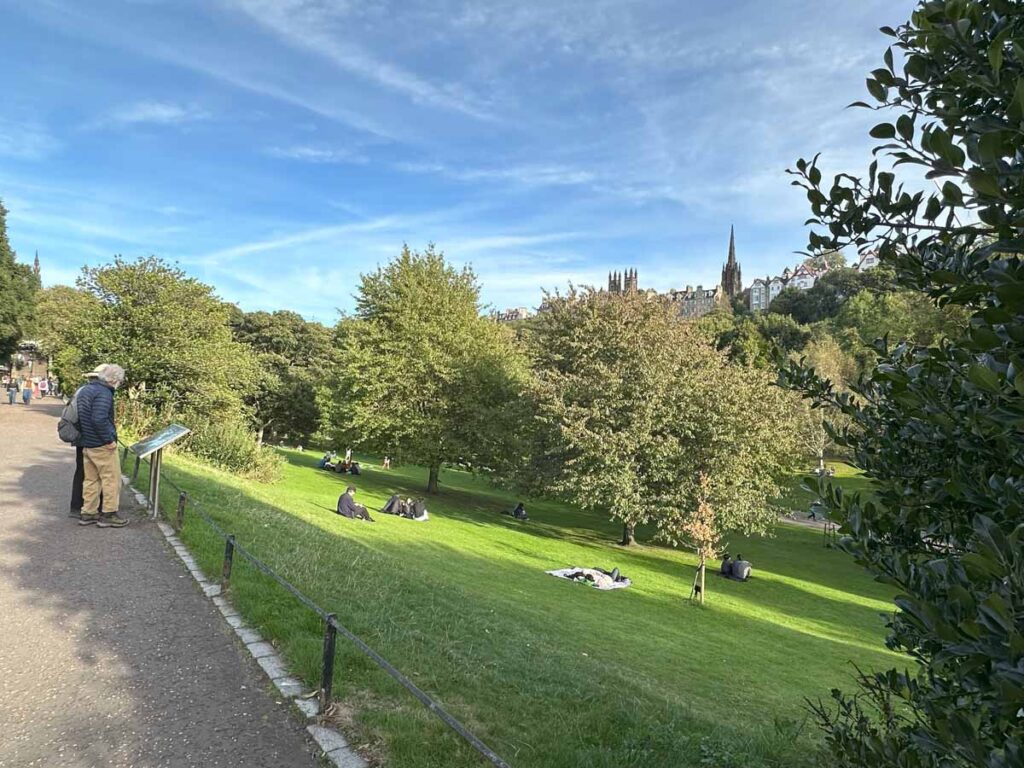







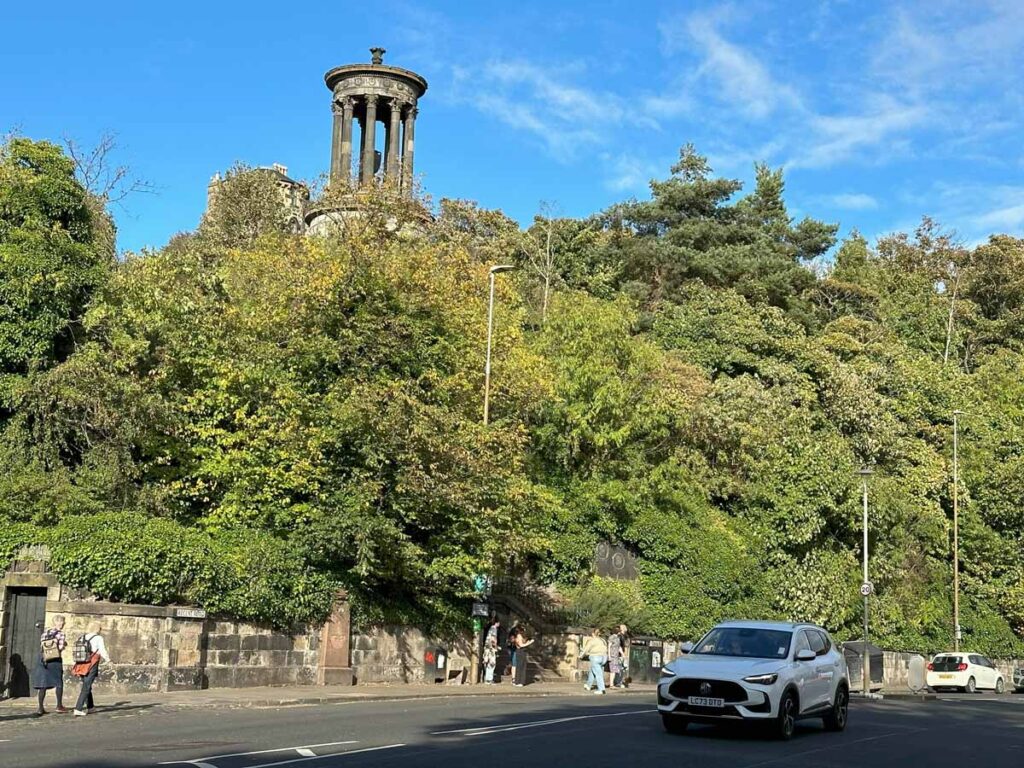



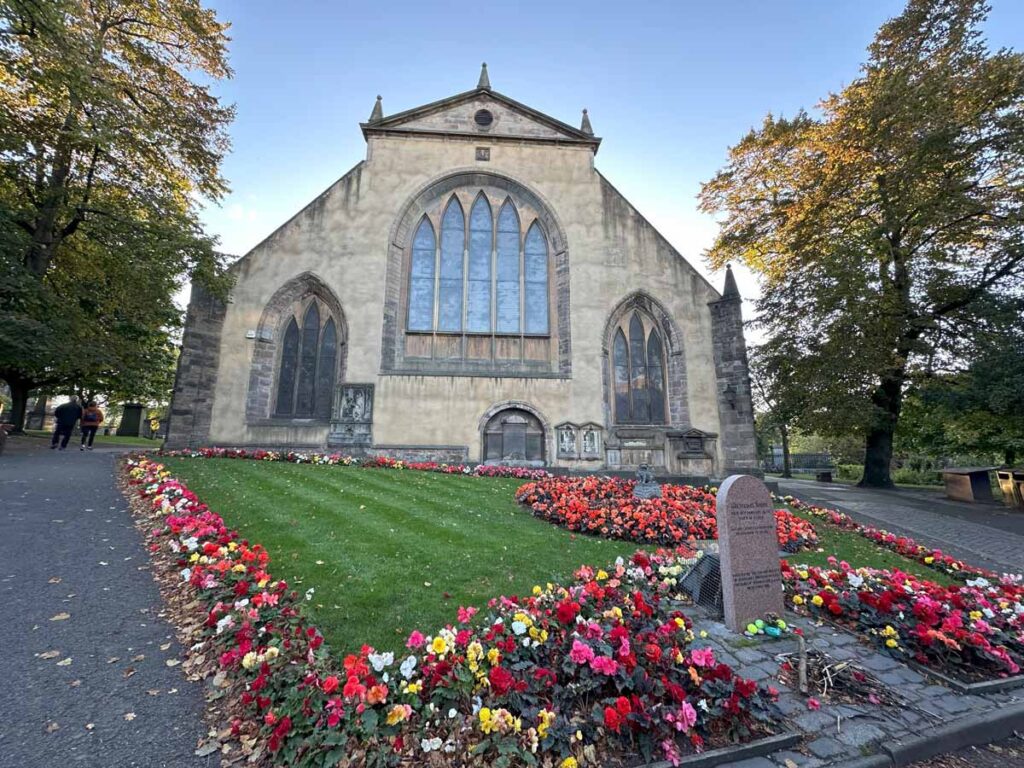


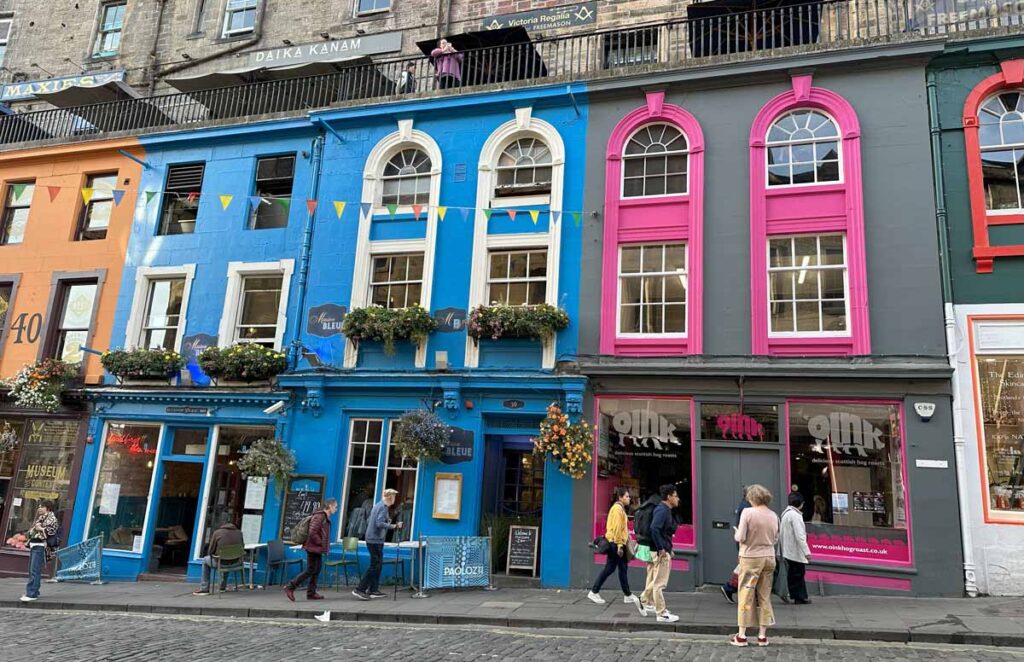

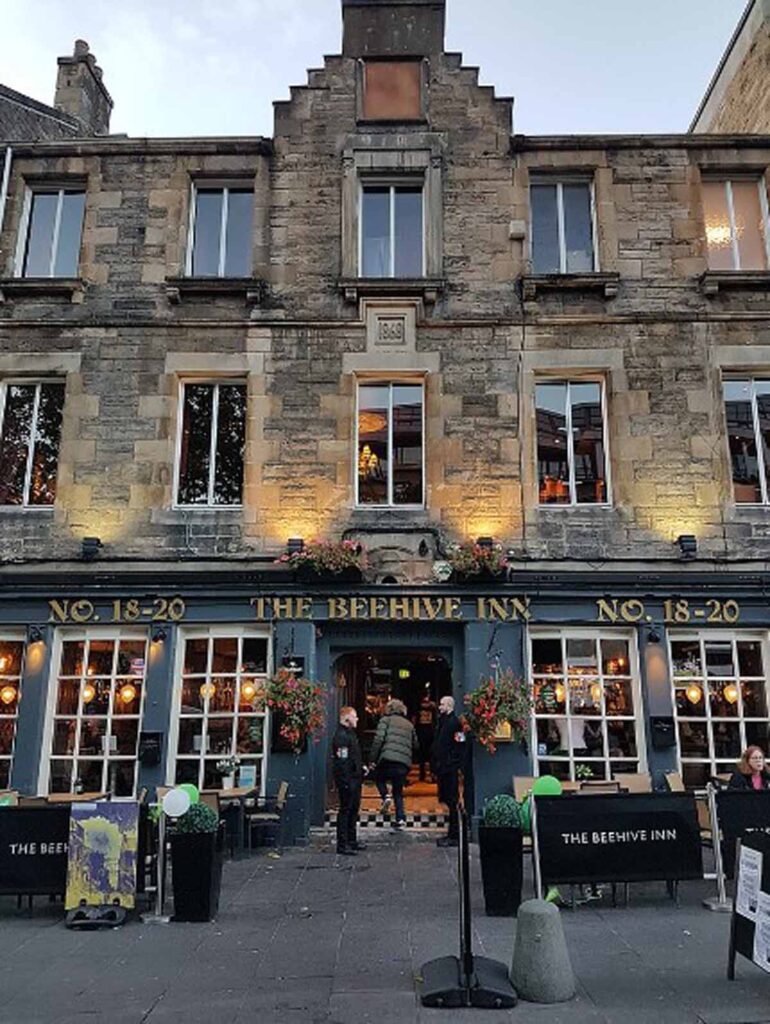





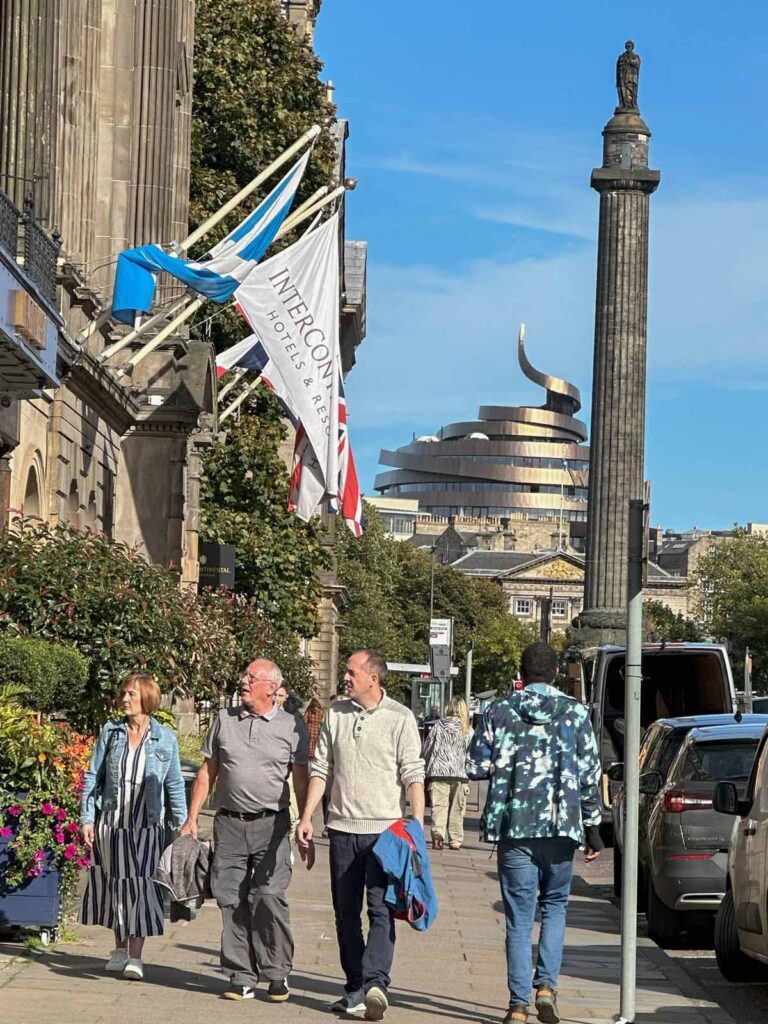





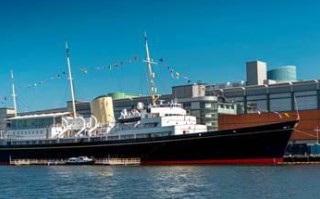

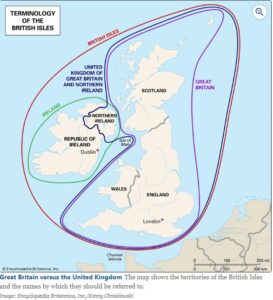

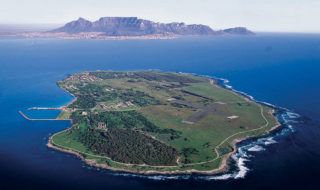
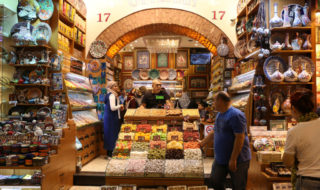

I loved your descriptions of all the sites in Edinburgh! Just reading about it all was highly entertaining. It’s definitely on our list now. Thanks, Janet!
Thanks, Laura. Glad you enjoyed the blog post and were inspired to visit Edinburgh, which was certainly my hope for readers. It’s always fun to share a real travel gem like this! Happy Travels…
Hi Janet, I am going to Scotland with a group in late April 2025 to visit standing stone sacred sites. I am taking in all that you have suggested as I don’t want to miss anything. Thanks for your suggestions and guidance.
Kaye Thompson
Thanks, Kaye and you’re welcome! Your trip next April to Scotland sounds fascinating for the sacred stones! Do hope you’ll be able to visit Edinburgh, which likely the tour will include since it’s such a must-see destination and perfect welcome to Scotland. Enjoy!